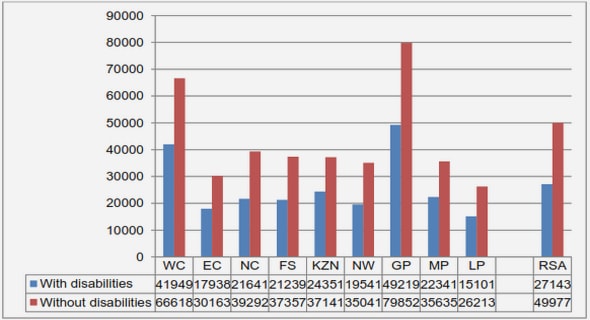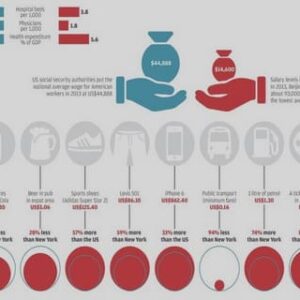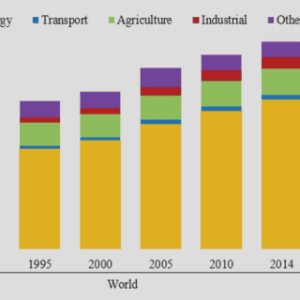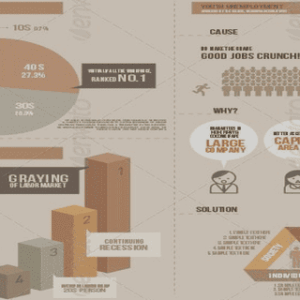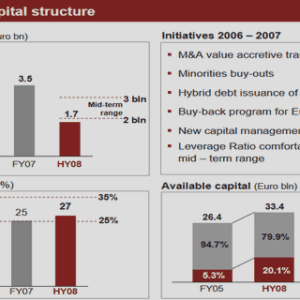(Downloads - 0)
For more info about our services contact : help@bestpfe.com
Table of contents
Chapter 1 Introduction
1.1 Introduction
1.2 Statement of the Problem
1.3 Objective of the Study
1.4 Hypotheses
1.5 Limitations
1.6 Delimitations
1.7 Structure of the Thesis
Chapter 2 Methodology
2.1 Introduction
2.2 Research Design
2.3 Research Approach
2.4 Sample Selection
2.5 Sampling Approach
2.6 Data and Evidence Collection
2.7 Research Statistical Analysis Methods
2.8 Time Horizon
2.9 Instrumentation
2.9.1 Validity
2.9.2 Reliability
2.10 Conclusion
Chapter 3 Financial Instruments Accounting under IFRS
3.1 Introduction
3.2 The Emergence of IFRS
3.3 The Adoption of IFRS in Sweden
3.4 The need for Financial Instruments Accounting
3.5 The scope of the Financial Instruments Accounting Standards under IFRS
3.6 The Nature of Financial Instruments
3.7 Recognition and De-recognition of Financial Instruments and consequences
3.7.1 Recognition of financial instruments
3.7.2 Transfer of Financial assets: De-recognition, Collateralized Borrowings or Continuing Involvement
3.7.3 Consequences
3.7.3.1 Trade date and Settlement date Accounting
3.7.3.2 Securitization: Financing and Accounting perspectives
3.7.3.2.1 A Financing perspective
3.7.3.2.2 An Accounting perspective
3.8 Measurement of financial instruments
3.8.1 Initial and subsequent measurement and the FV option
3.8.2 The Fair value considerations
3.9 Embedded derivatives and Fair value election:
3.10 Hedge Accounting:
3.10.1 Why Hedge Accounting?
3.10.2 Hedge Accounting models and Documentation:
3.11 Conclusion
Chapter 4 Accounting Practices, Harmonization and Comparability
4.1 Introduction
4.2 Accounting Practices
4.2.1 Accounting Standards and Accounting Practices
4.2.2 The Accounting Choice Research
4.2.3 Accounting Practices, the Financial Numbers Game and Earnings Management: Can the game still be played!
4.3 Harmony, Harmonization and Comparability
4.3.1 Harmony and Harmonization
4.3.2 Comparability
4.4 Accounting Harmonization Research
4.5 Main Quantitative Measures of Harmonization
4.5.1 Euclidean Distances
4.5.2 Jaccards Coefficients
4.5.3 The Herfindahl (H) index
4.5.4 (C) index
4.5.5 (I) index
4.5.6 Harmonization Measures Matrix
4.6 Conclusion
Chapter 5 Empirical Findings
5.1 Introduction
5.2 Tools of Analysis
5.3 Sampling procedures
5.4 Accounting practices and Possible Choices
5.5 Data Coding
5.6 Data analysis, Test results and Hypotheses Testing
5.6.1 Fair Value Option
5.6.2 Trade Date or Settlement Date Accounting
5.6.3 The FV Valuation Model in a Non-active Market
5.6.4 Transaction Cost Treatment
5.6.5 Embedded Derivatives Treatment
5.6.6 Mathematical Model for Hedge Effectiveness Test
5.7 Conclusion
Chapter 6 Discussion and Conclusions
6.1 Introduction
6.2 Summary of the Study
6.3 Discussion of the Findings
6.3.1 The Effect of FVO on De facto Harmonization and Comparability
6.3.2 The Effect of Trade Date and Settlement Date Accounting Choices on De Facto Harmonization and Comparability
6.3.3 The Effect of Looseness in the FV Model Selection on De facto Harmonization and Comparability
6.3.4 The Effect of the Ambiguity of TC Treatment Provisions on De facto Harmonization and Comparability
6.3.5 The Effect of FV Election of Compound Instruments on De facto Harmonization and Comparability
6.3.6 The Effect of the Looseness in the Hedge Effectiveness Test Models Selection on De facto Harmonization and Comparability
6.4 Implications of the Empirical Findings
6.4.1 The Diverse Accounting Practices and the management intention: Much effort is still needed!
6.4.2 Material Harmonization and Comparability: IAS 39-Is it a road to dis-harmony?
6.4.3 The Consequence of Mangers Selections and relatively low material harmonization: The question of financial stability!
6.4.4 The Industry Sector and Firms‟ Characteristics Factors
6.5 Suggestions for Future Research
6.5.1 Ways to Improve and Extend the Current Study
6.5.2 Recommendation for New Researchable Topics
6.6 Conclusion
References
Appendices
Appendix 1
Appendix 2
